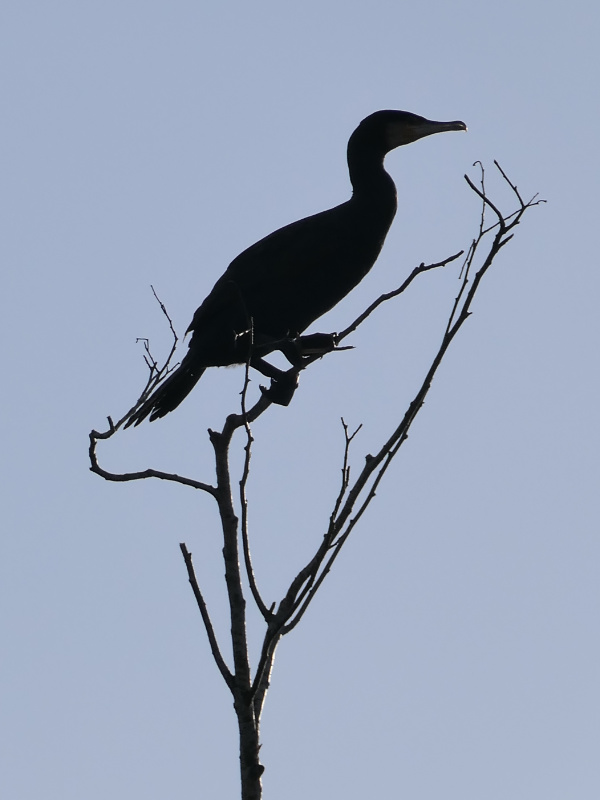I remember being told, many years ago, that there is no word in English that rhymes with orange. There were, apparently, half-rhymes such as lozenge, but no full-rhymes. The OED, however, does contain a single full-rhyme word. It is "sporange", an old alternative word with the same meaning as sporangium. So, when I moved to Herefordshire, and we began taking trips into nearby Wales, imagine my delight in coming across a proper noun that rhymes with orange. Near Abergavenny is a high hill called Blorenge. We recently, for the first time, did some walking there and visited its summit (561m, 1841 feet). We will go there again but for now here is the only shot I got that I think qualifies for the blog. It shows the heather moorland and outcropping rock near the summit, with Sugar Loaf in the distance.
photo © T. Boughen Camera: Lumix FZ1000 2

















